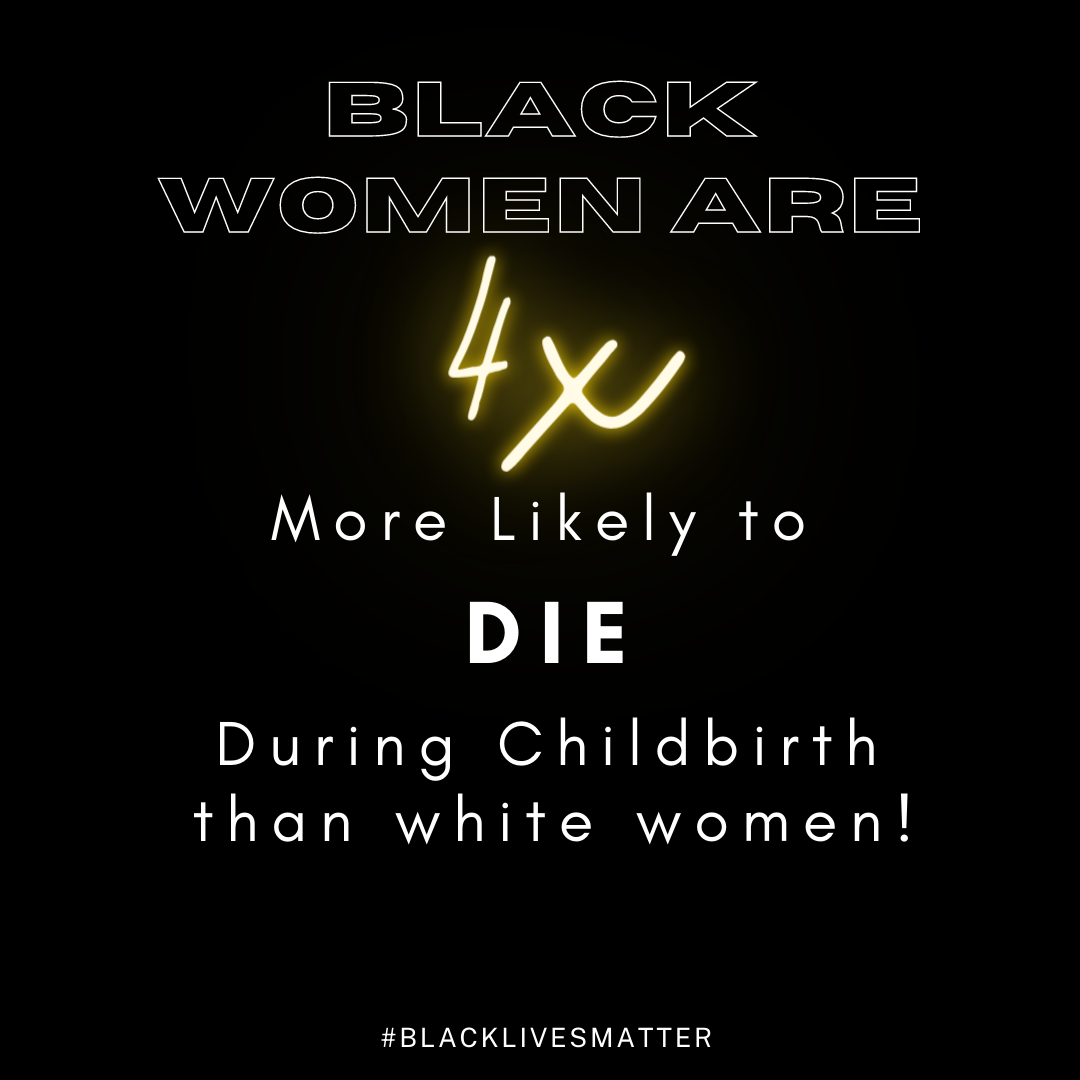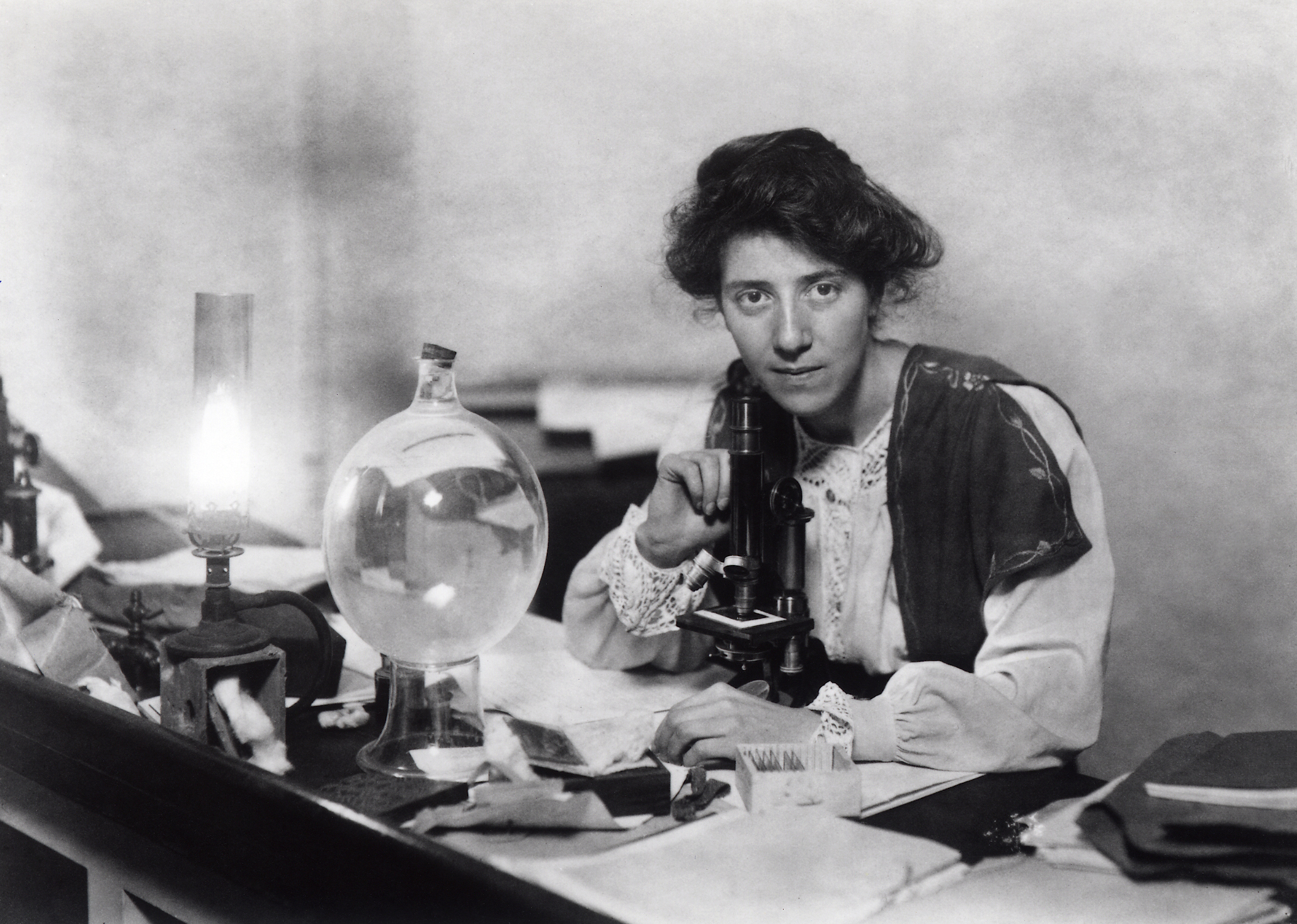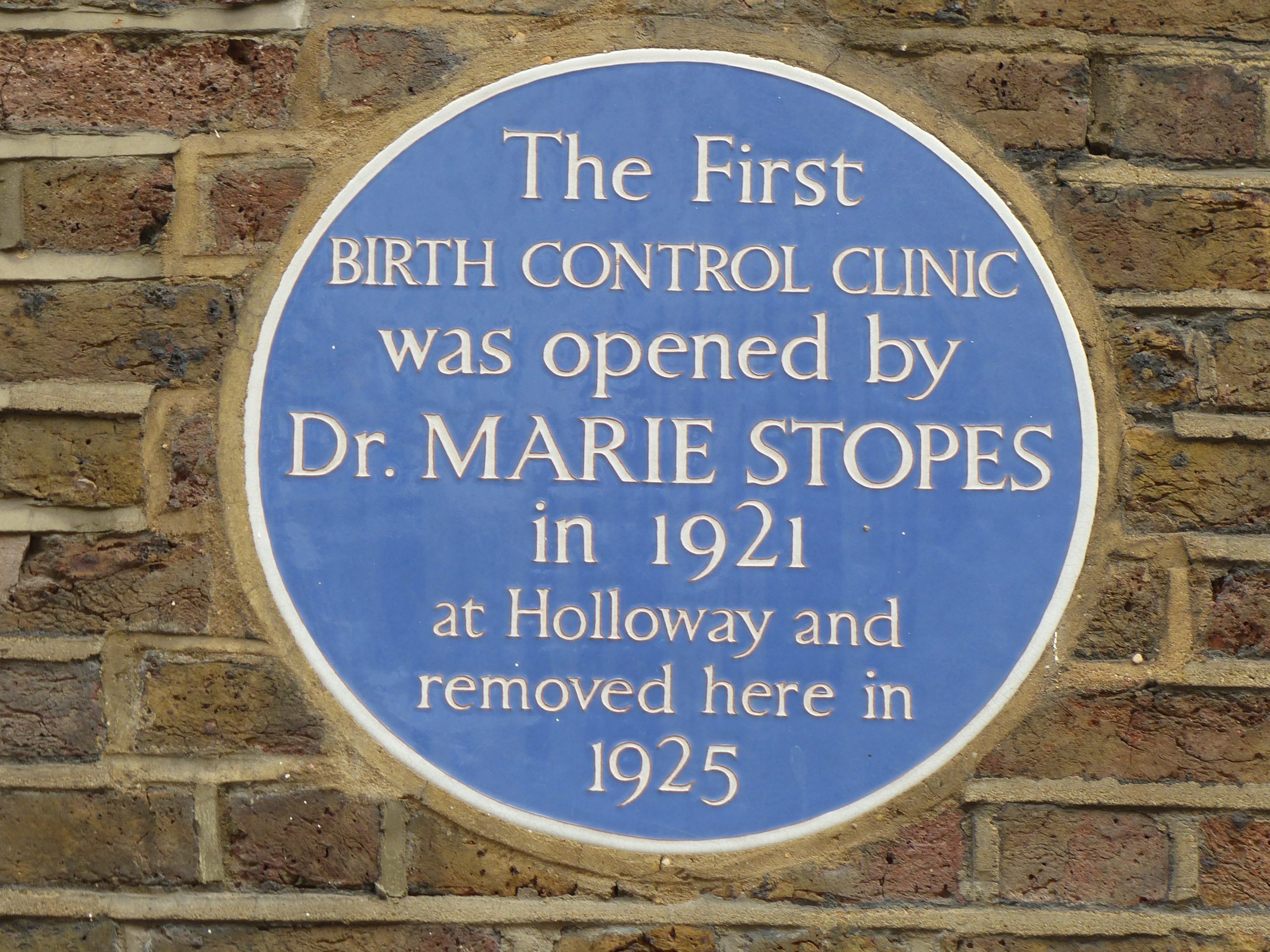The NHS is supposed to provide accessible healthcare to everyone. It’s a commendable goal. But there’s still a few barriers we’ve got to break through for that, and gender and race inequalities are two of the most prominent. Nowhere is this clearer than in our provision of sexual health care.
The facts are damning:
- BAME people tend to end up with poorer sexual health than white people, even controlling for other factors including sexual behaviour, geographic location, socioeconomic background and substance abuse.
- BAME people are disproportionately affected by STIs including HIV
- Black women are four times more likely to die during childbirth than white women.
- Asian women are twice as likely as white women to die during childbirth.
Institutional racism and sexism means even if none of our health workers intend to be prejudiced, we still end up with unequal outcomes due to the systems in place. These inequalities have a long history which we’ve got to understand if we hope to change them.
This article will cover how and why institutional racism exists in sexual health provisions in Britain. We’ll then discuss what we can do to address the issue.

The History of Racism and Sexual Health
It’s easy to paint the history of medicine as one of unequivocal progress, brought about by the genius of science. But that’s only part of the story. The truth is, sexual health advancements made in the nineteenth and twentieth centuries were fuelled by racist ideas.
The Dehumanisation of BAME People in Britain’s Healthcare
Medical advancements really kicked off in the nineteenth century, and the positive results of this are still here today. But a lot of our progress was made off the back of the marginalisation of BAME people.
Britain’s Empire was expanding rapidly at this time, and with that came the development of theories about different races. Pseudo-scientific theories about Black people were created to justify their enslavement. This included the (rather ridiculous) idea that they didn’t feel pain as deeply as white people.
This idea resulted in all sorts of misguided treatment for BAME people, including medical experimentation on them without their consent. They were dehumanised throughout scientific discourse.
Racism infiltrated the entirety of healthcare in Victorian Britain. To give you an idea of exactly how this worked, we’ll look at an example: the birth control movement.
Eugenics: Why BAME People Having Too Many Children Was Scary
Eugenics is the advocacy for trying to perfect humanity through selective breeding, based on Darwin’s theory of evolution and ‘survival of the fittest’. Sir Francis Galton (Darwin’s cousin) coined the term eugenics to describe the selective breeding of humans. He believed eugenics could ‘raise the present miserably low standard of the human race’ by ‘breeding the best with the best.’
Although eugenics was viewed as a purely scientific pursuit, in reality it could never be ethical. The whole concept required definitions of ‘desirable’ and ‘undesirable’ traits in a theoretical ‘perfect’ human race. And for many eugenics advocates, these definitions were racist and classist.
The idea was that poor people were poor because they were weaker, lazier, or simply not capable of working as hard as middle-class people. These traits would then be passed down genetically to their children. And it goes without saying that BAME people were thought of as genetically inferior to white people – this idea was part of the racial hierarchy used to justify British colonialism. Eugenicists argued BAME children were genetically weaker than white children.
So according to their theory, if poor people or BAME people had a lot of children in Britain, the country would be swamped with these weak babies. There was a very real fear that the British population was quickly deteriorating in strength because of the faster rate that poor or BAME people were having children in comparison to the white middle class.
It’s easy to think eugenics was isolated to crazy right-wing groups like the Nazis. But in the early twentieth century, the theory was accepted by the scientific community and the public. Dennis Sewell argues the fear of the population weakening genetically because of this was as widespread and alarming as concern around the climate crisis is today.
Eugenics theories were ubiquitous. They seeped into many parts of politics – including the birth control movement.

Origins of the Birth Control Movement
The fight for more accessible contraception was a fight to give women more control over their bodies and lives. At least, that’s how it’s remembered now.
But that’s only part of the story. Birth control was also advocated to control the British population, by enabling people with ‘undesirable’ genetic traits to stop producing children. Historian Soloway argues that in the interwar period, this was the driving force behind the birth control movement, rather than any feminist concerns. In fact, Carey argues the birth control movement and the eugenics movement were synonymous during this time.
Marie Stopes gives a clear example of how linked the two movements were. She set up Britain’s first birth control clinic in 1921 and is celebrated as a ‘promoter of sex education and birth control’. She’s remembered as a feminist icon.
But she was also a member of the Eugenics Society, she corresponded with Hitler, and she believed in the creation of a super race. Stopes believed that people she considered ‘unfit for parenthood’ should be sterilised. And in this category, she included BAME people and poor people.
So the birth control movement – something that’s celebrated as the foundation of sexual health in Britain today – was actually very prejudiced.
The Legacy of Racism in Today’s Healthcare
You might be wondering what any of this has to do with healthcare today. Surely stuff that happened a hundred years ago isn’t relevant now?
But institutional sexism and racism continues in our healthcare system. Here are the main 3 ways this happens:
1. Implicit biases
Most of us are no longer consciously or intentionally racist. But that doesn’t mean racism doesn’t exist anymore. We still have a problem with implicit biases.
The dehumanisation of BAME people that came with colonialism led to our culture being inundated with images of them as different to white people. And those images continue implicitly in society today, from the media to the workplace to information leaflets.
So doctors who genuinely believe in equality and anti-racism still might end up treating BAME people differently, simply because their brain has been trained by these images to unconsciously see BAME people as different to white people.
Implicit bias causes a whole host of problems in BAME people’s experience of the medical system. A spokesperson from the British Pregnant Advisory Service summarised the findings of a 2021 report: The report found that racial bias meant black and women of colour were expected to have a higher pain tolerance, meaning serious concerns could be dismissed with suggestions to simply ‘take some ibuprofen‘.
2. BAME people don’t trust medical services
BAME people are often classified as ‘difficult to reach’ by medical authorities. They’re less likely to engage with medical services than white people. They’re not as confident sharing medical information and history with doctors, and they don’t follow treatment suggestions or doctor’s advice as closely.
It’s easy to blame BAME for these problems. But the reason behind all this is that BAME people, especially women, are much less likely to trust medical services than white people. And as we’ve seen, they have very good reasons for this. One bad experience, perhaps fuelled by a doctor’s implicit biases, leads many BAME people to completely lose trust in the whole system.
3. BAME women are excluded from medical research
The fact that BAME women aren’t confident to participate in the medical system has far-reaching consequences. They’re excluded from research, meaning the whole field of medical science ends up skewed toward white men.
Women of all ethnicities are less likely to be invited to, or participate in, medical trials and research. And BAME women are the least likely out of all women to be included. This has led to a lack of knowledge about the incidence, prevalence and presentation of common conditions within certain ethnic groups, leading to delays in diagnosis that are potentially lethal.
 attribution - Megalit, CC BY-SA 4.0, via Wikimedia Commons
attribution - Megalit, CC BY-SA 4.0, via Wikimedia Commons
What We Can Do About Racism and Sexual Health
So we know what the problem is. Where do we go from here?
1. Work on our implicit biases
Firstly, we’ve got to work on our implicit biases. This is a life-long process, and it takes effort. But it’s necessary to fix all these problems.
One way we can help make sure everyone is treated the same is to have a methodical way of approaching each patient. Using a checklist or standardised methods could help reduce the effects of implicit bias.
Of course, not every patient is the same or has the same problems, so this can only be a starting point. In the long run, we’ve got to work on changing those images of BAME people, so we can retrain our brain to see them as the same as white people. But that takes time. So meanwhile, we’ve also got to find ways of working that reduce the impact of our own personal biases on patients’ lives.
2. Build up trust again
To help BAME people (especially women) trust medical services again, we’ve got to give a reason. One thing that could really help here is to acknowledge our past mistakes. Even just admitting the fact that institutional racism exists, mostly as a legacy from colonialism, could go a long way towards fixing the sexual health field’s relationship with BAME people.
Another thing that can be done is to improve representation of BAME people in health campaigns. This kind of inclusion signals to BAME people that we care about them too.
3. Involve BAME communities in every step
Breaking down institutional racism in sexual health is not going to be an easy process, and we’re probably going to make mistakes. So we’ve got to be open to feedback, even if it’s negative. We need to make sure we’re listening to the communities we’re trying to serve.
That means feedback systems have to be approachable, and we need to act on what people have to say.
Summary
Racism and sexual health are much more related than you might have previously thought. The birth control movement in Britain was based on racist ideas, and the legacy of that is still felt today. Stereotypes of BAME people (especially women) as ‘hard to reach’, coupled with implicit biases that affect the way they’re treated by the medical system, have created a system that is institutionally racist.
Equality is actually a really difficult and complex thing to achieve. But understanding the problem brings us one step closer to it. Now, we’ve got to actively work against our biases, and build up trust between BAME people and sexual health services. We need to involve BAME communities in every step of this process, and listen to what they say they want.
The NHS is supposed to provide accessible healthcare to all, and BAME women deserve that too. Getting rid of the racism in sexual health will take work, but it will absolutely be worth it to finally achieve the pinnacle of what the NHS can be.

One thought on “Racism and Sexual Health: Britain’s Relationship with Colonial Thought”